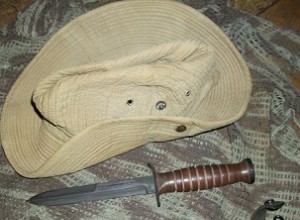The figure of the merchant in the Middle Ages is one of the most important, especially in the period after the Commercial Renaissance. By Me. Cláudio FernandesIn the context of the Low Middle Ages, one of the outstanding events was the Commercial Renaissance in Europe, which took place between th




